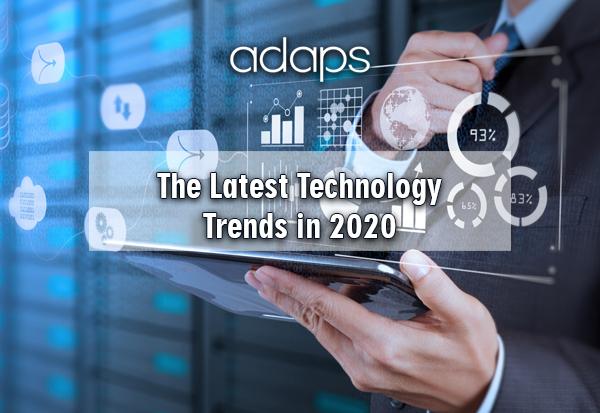In the modern era, technology is evolving at a rapid pace that yearly forecasts of trends can appear out-of-date prior to become live. As technology continuously evolves, it allows even quicker change and advancement, creating an expedition of the rate of change till gradually it becomes exponential.
Artificial Intelligence (AI)
Artificial Intelligence (AI) has recently got a lot of buzzes, and it proceeds to be a trend to follow because it is impacting how we live and work in the early stages itself. Also, other wings of AI have emerged, including Machine Learning. AI means computer systems built to imitate human intelligence and execute tasks like recognition of speech, images, and decision making. AI can perform all these tasks quicker with more accuracy than humans.
Speech recognition attempts were taking place since the 1950s but did not reach allowing natural speech till the late 1990s. Machine learning (ML) has delivered the majority of speech recognition inventions in this century. Nowadays, 4 out of 10 use AI services in one form or another that includes streaming services, navigation apps, ride-sharing apps, personal home assistants, smartphone personal assistants, and smart home devices. In addition to customer use, AI is utilized to predict maintenance, schedule trains, assess business risk, and enhance the energy efficiency, among several other money-saving activities.
Today, the technology of speech recognition is everywhere. Users and technologists alike understand the advantages with voice command, like helping people with learning disabilities, along with lowering paperwork, also saving time and money which are correlated with the business operations. Artificial intelligence has already started to facilitate the abilities of voice command.
Machine Learning (ML)
Machine Learning is a part of AI. By using Machine Learning computers are programmed to learn and to perform something that they are actually not programmed to perform. They understand it via discovering insights and patterns from data. In common, there are two types of learning one is supervised, and the other one is unsupervised.
Now Machine Learning is deploying very quickly in all types of industries. Applications of Machine Learning is utilized for data mining, data analytics, and pattern recognition. On the user end, Machine Learning powers real-time ads, web search results, and detection of network intrusion were few among the various tasks that Machine Learning can perform.
Robotic Process Automation (RPA)
Similar to AI and Machine Learning, the Robotic Process Automation (RPA) is another technology which is used to automate jobs. Robotic Process Automation (RPA) is the practice of software to automate the processes of businesses like processing transactions, interpreting applications, handling data, and even responding to emails. RPA majorly automates the repetitive tasks, and the people used to perform.
Robotic Process Automation is an application of technology, supervised by business logic and programmed inputs, intended at automating processes of a business. Using RPA tools, an organization can build software, or a “robot,” to capture and evaluate applications for transaction processing, triggering responses, data manipulating, and interacting with other digital systems. RPA scenarios vary from something like as simple as building an automatic response to an email to deploying plenty of bots, every bot is programmed to automate tasks in an ERP system.


